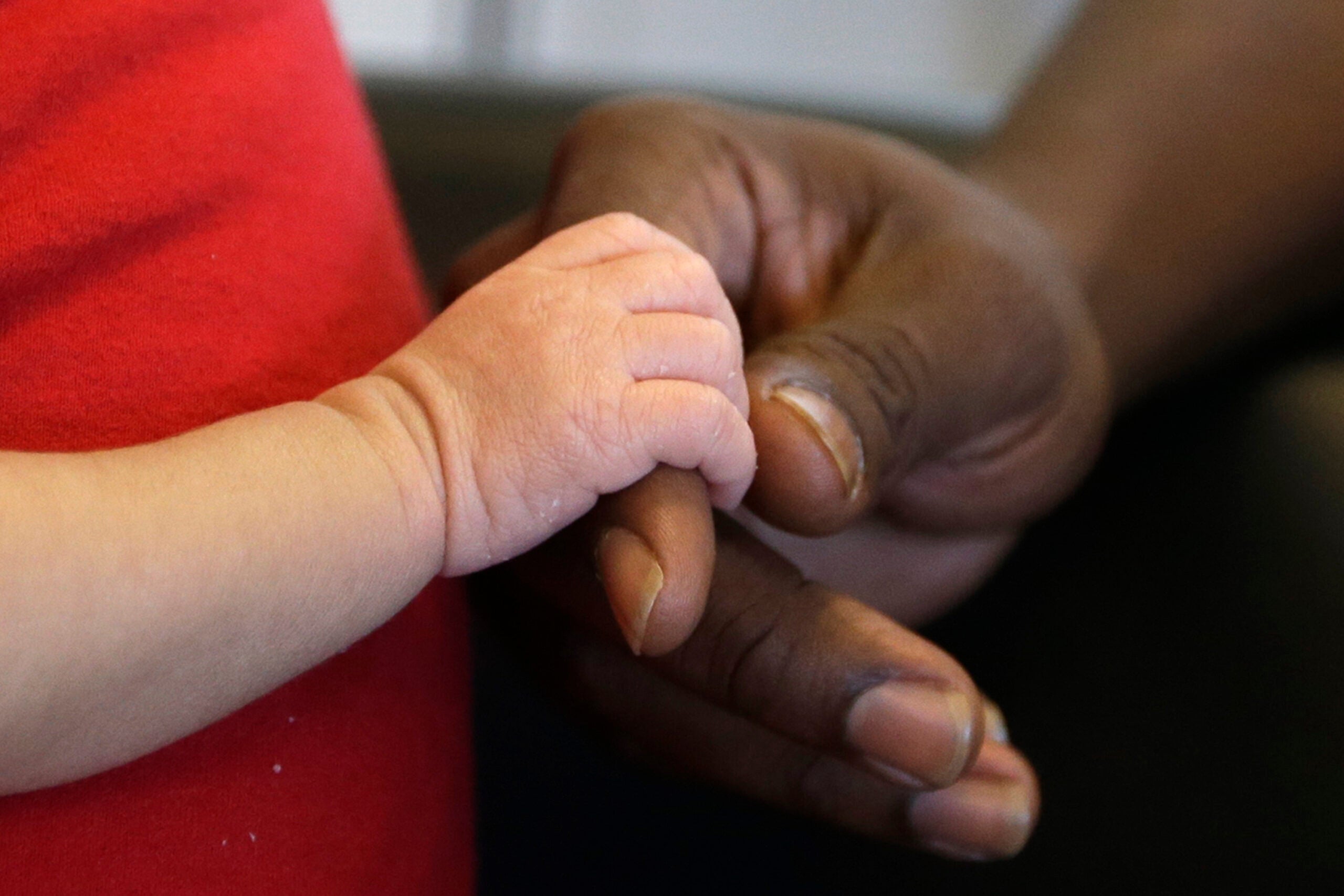Milwaukee Mayor Tom Barrett and the city of Milwaukee are looking to continue efforts to improve a health concern that has been a longstanding challenge for the city — infant mortality rates.
Milwaukee’s infant mortality rate has declined steadily since 1999. But in 2015, African-American babies were dying at three times the rate of white babies in the city, according to a Milwaukee Health Department study.
There are a number of outside stressors impacting a parent’s ability to care for a child, Barrett said at a forum Tuesday hosted by Wisconsin Health News.
Stay informed on the latest news
Sign up for WPR’s email newsletter.
“You can’t say, ‘Well, it’s just making sure you get the right formula for your baby,’ or ‘It’s just making sure that you get to the healthcare on time,’ because it may be, ‘Okay, I’ve got the flexibility to take off from work.’ Does that single mother have the flexibility to take off work? Does she have transportation? All those factors come into play,” Barrett said.
Barrett said such stressors can complicate infant mortality risk factors that may seem easy to deal with, such as co-sleeping.
For 2016, Milwaukee County ranks next to last in the University of Wisconsin Population Health Institute’s County Health Rankings and Roadmaps analysis. Milwaukee ranks 71 out of Wisconsin’s 72 counties on measures of public health, Menominee County ranks last.
Counties are ranked based on health behaviors, clinical care, social and economic factors and physical environment. Milwaukee ranked 71 in measures of social and economic factors and health behaviors.
Milwaukee Commissioner of Health Bevan Baker addressed the city’s public health challenges Tuesday as well. Baker said in addition to traditional health measures like obesity, the city should address violence as a public health problem.
“The epidemiological aspect of this means we’ve got to have a system to address youth engagement, youth development and other concerns and joblessness for many, many years to come,” Baker said.
Barrett said public safety will be the biggest part of the city’s upcoming budget. Money will also go to crime prevention and summer job programs.
August was Milwaukee’s deadliest month since 1991 with 24 people killed.
Wisconsin Public Radio, © Copyright 2024, Board of Regents of the University of Wisconsin System and Wisconsin Educational Communications Board.





